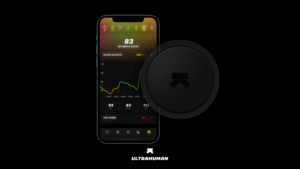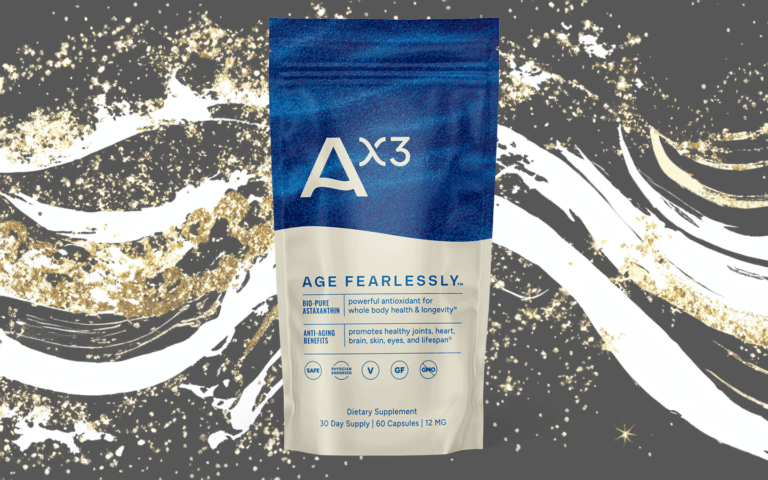The technology to help us eat and live our way to better health has finally arrived. What is intermittent fasting and how can it help you?
When 28-year-old Shannon* (name changed) started doing 16:8 intermittent fasting (IF), she thought she would lose weight cleanly and healthily. It was, after all, the latest buzzword in the fitness world. However, it did not quite pan out right for her. Shannon often broke her fast with a coffee, followed by oats and fresh fruit juice. Throughout her day, she would try to get sufficient protein, healthy fats, and mild workouts, but she was not losing weight. Instead, she suffered from bouts of headaches and would often feel hungry.
In her head, she was doing all things right. What Shannon didn’t realize was how the caloric restriction combined with chronic emotional, physiological, and environmental stressors led to an increased cortisol level in her body, which led to blood sugar dysregulation, increased insulin resistance, and even fatigue and headaches.
When Shannon tried the Continuous Glucose Monitor (CGM) device, called Cyborg, by the health startup Ultrahuman, she was shocked to find the havoc her lifestyle and eating habits were wreaking on her body’s metabolic health. Intermittent fasting maybe wasn’t do good things for her.
“When I applied the CGM sensor, it was like having a real-time report card to see what my lifestyle was doing to the inner functioning of my body. My morning coffee led to an insane blood glucose spike despite the fact I would have done intermittent fasting for 16 hours before that. The crash that followed was what was leading to headaches,” says Shannon.
“The insights I got have been really helpful, and my biggest learning is not to jump on the latest health fad just because the entire world is doing it. Understanding that your body is unique and taking health decisions accordingly is what matters the most.”

What is CGM, and why do you need it?
A CGM works through a tiny sensor inserted under your skin, usually on your arm. The sensor measures your interstitial glucose level, the glucose found in the fluid between the cells.
The first CGM was approved in 1999 and had very basic functionality. It collected data for three days and forwarded it to the provider for interpretation. While CGM devices may have been invented to free diabetics from the daily finger pricks, the technology has now found its way to non-diabetic users looking to improve their overall metabolic health.
The Ultrahuman Cyborg sensor is applied to the back of the arm, allowing users to measure their blood glucose in real time on the Ultrahuman app. This helps users understand how their bodies respond to different foods and, in turn, helps them learn how to keep their blood sugar in an optimal range.
“Knowing one’s blood glucose at any given time allows one to take preventive actions. CGM users can identify problems in their metabolic health, make proactive changes, and hopefully completely reverse the possibility of getting type 2 diabetes in the future,” says Mohit Kumar, co-founder and CEO of Ultrahuman.
“Knowing one’s blood glucose at any given time allows one to take preventive actions. CGM users can identify problems in their metabolic health, make proactive changes, and hopefully completely reverse the possibility of getting type 2 diabetes in the future,” says Mohit Kumar, co-founder and CEO of Ultrahuman.

An emerging metabolic health crisis
Improper metabolism-led chronic diseases are known to be responsible for almost 70% of all chronic disease-related mortality. A metabolic health crisis is emerging, with over 88% of Americans (and over 80% of the world population) dealing with a metabolic disorder. The world currently has over 500M people who are diabetic, but if one looks at the problem holistically, almost 600M people are pre-diabetic.
Also, there’s emerging evidence around metabolic health as a leading factor for non-alcoholic fatty liver disease, PCOS, and many other chronic diseases. The crisis seems more prominent than it currently appears.
With continuous glucose monitoring, health score algorithms, and instant health nudges, CGM devices have the potential to help millions control/reverse this crisis.
CGM and metabolic health

In general, glucose levels are affected by a variety of factors. Major ones include the food you eat, your stress levels, when you eat (your metabolism slows down later during the day), your sleep quality, and internal factors like your biological age/genetics, etc. Understanding how your body’s glucose values trend is a great way to understand what affects your metabolism positively and what needs more optimization.
Via metabolism insights provided by health devices, you can figure out when you are more likely to have enough fuel in the body for maximal performance and gains. This performance window differs for everyone based on their lifestyle, but you can optimize your lifestyle to align your fueling state and performance windows.
Furthermore, the amount of subcutaneous and visceral fat stored in the body depends on how much fat is used as a fuel source. By determining the state of your metabolism, you can determine whether your body is in storage mode and is primed for consuming fat as fuel.
Ultrahuman Cyborg

While Ultrahuman Cyborg has currently had a private beta launch, the startup has seen an unprecedented level of interest from users, with their waitlist growing by a few thousand every week. Some early platform users have taken to social media platforms like Twitter to share their insights. Common among them include how walking after a meal helps reduce the glucose spike and how a good night’s sleep tremendously impacts blood glucose levels.
“Our team has developed an algorithm to calculate the metabolic score of users using factors like how much of a change in glucose levels are caused by a particular activity or food item.”
“Our team has developed an algorithm to calculate the metabolic score of users using factors like how much of a change in glucose levels is caused by a particular activity or food item (glucose variability) and whether it takes the glucose level out of the optimal range (70-110 mg/dl), if so, for how many minutes does the glucose level stay out of this range, mean glucose value and various other complex metrics that collectively calculate the metabolic score of each food item (on a scale of 1-10) and the user’s metabolic score (out of 100),” shares Mohit Kumar when asked about how users figure out if a food item works for them or not.
“Our users have observed high glucose spikes from their staple home-cooked meals (eg, white rice with legumes), and sometimes even the so-called ‘healthy foods’ have also surprised them with a huge spike.”
“Our users have observed high glucose spikes from their staple home-cooked meals (e.g., white rice with legumes), and sometimes even the so-called ‘healthy foods’ have also surprised them with a huge spike (e.g., smoothies, fruit juices, oats). This goes on to show that every- one’s metabolic health is unique, so every user has to navigate their path towards good health,” he adds.
Twitter: ultrahumanhq
So that’s a look at why intermittent fasting may not be for you. With innovative technology from the likes of Ultrahuman now having the power to provide us with real-time health data resulting from our nutritional choices, there’s never been a better time to grab some food for thought with HIGH MOOD FOOD.






